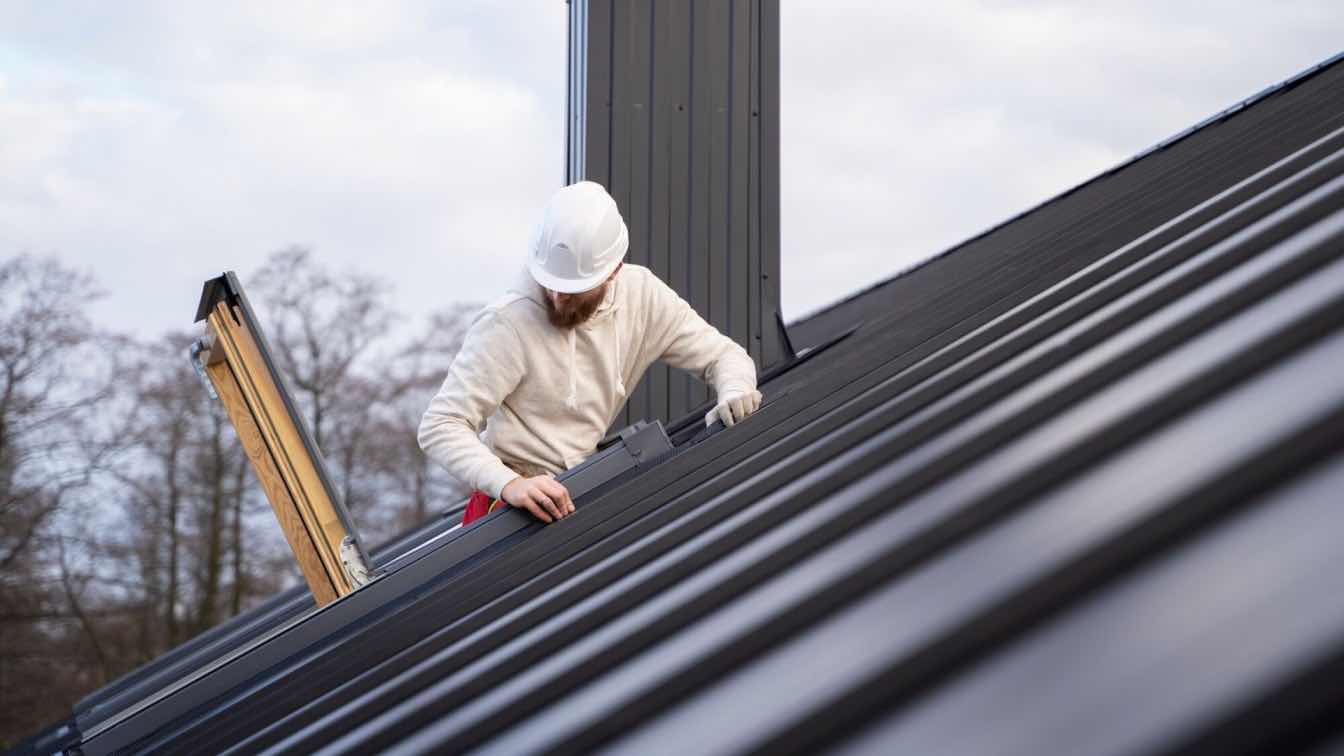Your roof is your home's first line of defense against the elements, especially during storms. Proper roof maintenance is crucial for protecting your home and preventing costly damage. In this comprehensive guide, we'll delve into the importance of regular roof maintenance and how it can help you weather the storm.
The Importance of Roof Maintenance
Your roof is exposed to harsh weather conditions such as rain, wind, snow, and sunlight, which can all take a toll over time. Without proper maintenance, your roof can develop leaks, cracks, and other issues that can lead to water damage, mold growth, and structural damage. Regular roof maintenance helps identify and address these issues before they escalate, saving you time and money in the long run.
Preventing Damage During Storms
Storms, especially severe ones, can wreak havoc on your roof. High winds can lift shingles and cause them to break or come loose, while heavy rain can lead to leaks and water damage. Proper roof maintenance can help prevent these issues by ensuring that your roof is in good condition before a storm hits. This includes checking for loose or damaged shingles, clearing debris from gutters and drains, and inspecting the roof for any signs of damage.
Regular Inspections and Repairs
Regular roof inspections are essential for identifying potential issues and addressing them promptly. It's recommended to have your roof inspected at least once a year, preferably before the start of the storm season. During an inspection, a roofing professional will check for signs of damage, such as missing or damaged shingles, sagging areas, and signs of water damage. Any issues that are identified should be repaired promptly to prevent further damage.
How to Maintain Your Roof
In addition to regular inspections, there are several steps you can take to maintain your roof and prolong its lifespan. Keep your gutters clean and free of debris to ensure proper drainage, trim overhanging branches to prevent damage from falling limbs, and remove snow and ice buildup during the winter months. It's also important to address any issues with ventilation, as poor ventilation can lead to moisture buildup and damage your roof's structure.
Importance of Professional Roof Maintenance
While you can perform many maintenance tasks yourself, some aspects of roof maintenance are best left to the professionals. Roofing professionals have the experience, knowledge, and tools to identify and address issues that may not be immediately apparent to the untrained eye. Hiring a professional for regular maintenance can help ensure that your roof remains in good condition and can withstand whatever the weather throws at it.
Emergency Preparedness
Despite your best efforts, sometimes storms can cause unexpected damage to your roof. It's important to have an emergency plan in place in case your roof is damaged during a storm. This includes knowing how to safely inspect your roof for damage, contacting your insurance company to file a claim, and hiring a reputable roofing professional to make repairs.
Additional Factors to Consider
Roof Age: The age of your roof can affect its ability to withstand storms. Older roofs may be more prone to damage and may require more frequent inspections and maintenance.
Material Quality: The quality of the materials used in your roof can impact its durability. High-quality materials are more likely to withstand harsh weather conditions and require less maintenance over time.
Local Climate: The climate in your area can also affect your roof's maintenance needs. Areas prone to high winds, heavy rain, or snow may require more frequent inspections and maintenance to ensure the roof remains in good condition.
Surrounding Trees and Debris: Overhanging trees and debris can pose a threat to your roof during storms. Trim back branches and regularly remove debris to prevent damage to your roof.
Roof Slope: The slope of your roof can impact how it sheds water and debris. A steeper slope may be more effective at shedding water and debris, reducing the risk of damage.
Proper Ventilation: Proper ventilation is essential for preventing moisture buildup in your attic, which can lead to mold growth and damage to your roof's structure. Ensure your attic is well-ventilated to protect your roof.
Professional Maintenance: Regular inspections and maintenance by a professional roofing company can help identify and address issues before they escalate, prolonging the life of your roof and reducing the risk of damage during storms. Professionals are also important to have for asphalt shingles installation and other more difficult projects.
Tools for Roof Maintenance
Maintaining your roof requires the right tools to ensure the job is done safely and effectively. Here are some essential tools you might need:
Safety Gear: Safety should always come first when working on your roof. Essential safety gear includes a sturdy ladder, safety harness, non-slip shoes, and gloves to protect your hands.
Roofing Hammer: A roofing hammer, also known as a roofing hatchet, is specifically designed for roofing work. It has a sharp edge for cutting and a flat edge for driving nails.
Utility Knife: A utility knife with a sharp blade is useful for cutting shingles, flashing, and other roofing materials.
Caulking Gun: A caulking gun is essential for applying sealant to areas such as flashing and vents to prevent leaks.
Roofing Nails: Stock up on roofing nails of the appropriate size for your roof. Galvanized nails are best for outdoor use as they resist rust and corrosion.
Shingle Pry Bar: Also known as a shingle ripper or shingle shovel, this tool is used to remove damaged or old shingles during repairs or replacement.
Roofing Adhesive: Roofing adhesive is used to bond roofing materials together and can be used for repairs or securing loose shingles.
Flashing: If you need to replace or repair flashing around vents, chimneys, or skylights, make sure you have the appropriate flashing material on hand.
Gutter Scoop: Keeping your gutters clean is essential for proper drainage. A gutter scoop can help you remove leaves and debris from your gutters safely.
Ladder Stabilizer: A ladder stabilizer can be attached to your ladder to provide more stability and prevent damage to your roof.
Safety Goggles: Protect your eyes from debris and dust with a pair of safety goggles.
Roofing Cement: Roofing cement is a versatile adhesive and sealant that can be used for a variety of roofing repairs.
Conclusion
Proper roof maintenance is essential for protecting your home and preventing damage during storms. By regularly inspecting your roof, addressing any issues promptly, and taking steps to maintain its condition, you can ensure that your roof will weather the storm and continue to protect your home for years to come.
If you need help with your roof, don't hesitate to contact a professional roofing company to schedule an inspection and ensure your roof is ready to face whatever Mother Nature sends its way.





